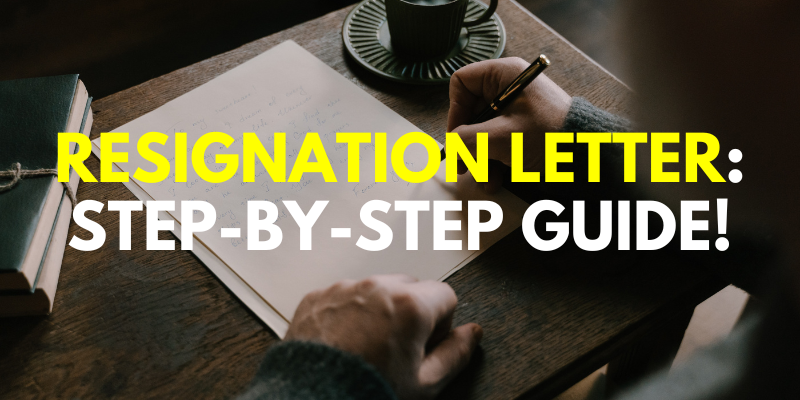Saying goodbye to a job can be daunting, but it’s essential to do it gracefully and professionally. The writing of a resignation letter is one of the key phases in this procedure. This document formally notified your employer about your intention to leave the company. We’ll help you through the steps of creating a courteous, effective resignation letter in this tutorial.
Select the Appropriate Format:
Choosing the correct format is the first step in writing a resignation letter. While there are various styles, a formal business letter format is widely accepted. Include your contact information, the current date, the employer’s information, and a formal salutation. If you’re specifically referring to Redington Careers, it’s important to tailor your resignation letter to your current employer and not explicitly mention your interest in pursuing opportunities at Redington or any other specific company.
Start with a Polite Salutation:
Address your letter to your immediate supervisor or the appropriate person within the organisation. Begin with a respectful salutation, such as “Dear [Supervisor’s Name].”
Clearly State Your Intention:
In the opening paragraph, clearly state your intention to resign. Be concise and avoid lengthy explanations. Mention the date of your resignation and provide a brief reason if you feel comfortable sharing.
Express Gratitude:
In the following paragraph, express gratitude for the opportunities and experiences you gained while working with the company. The lessons learned during my tenure will serve as a solid foundation for my career growth and exploration of new opportunities, such as Hexaware Careers. I am grateful for the trust placed in me and for being part of such a dynamic and inspiring team.”
Offer assistance During the Transition:
Demonstrate your commitment to a smooth transition by offering assistance. This could involve training a replacement, documenting your current tasks and processes, or being available for consultations during the handover period. Assuring your employer of your willingness to support the company during the transition shows professionalism and goodwill.
Keep it Professional:
Maintain a professional tone throughout the letter, even if you have had negative experiences. Avoid criticizing the company, your colleagues, or your supervisor. Focus on your growth and future endeavours instead. Throughout my tenure, I have encountered challenges that have helped me grow and refine my problem-solving abilities. I value the lessons learned during my time here, as they have prepared me for new opportunities, such as exploring career possibilities at PayPal Careers.
Seek Feedback:
Consider asking for feedback or an exit interview in the penultimate paragraph. Express your interest in receiving constructive criticism to help you improve professionally. This demonstrates your commitment to personal growth and leaves a positive impression.
End with a Professional Closing:
Finish your letter of resignation with a formal salutation like “Sincerely” or “Best Regards.” For a personal touch, add your name below the ending.
Conclusion:
Writing a resignation letter is essential for leaving a job on good terms. Following these steps and guidelines ensures that your resignation letter is polite, professional, and respectful. Remember to express gratitude, offer assistance during the transition, and maintain a positive tone. Leaving a lasting positive impression can be valuable for future professional references and networking opportunities. Take the time to compose a formal resignation letter so that you may leave your current position in polite and professional fashion.

